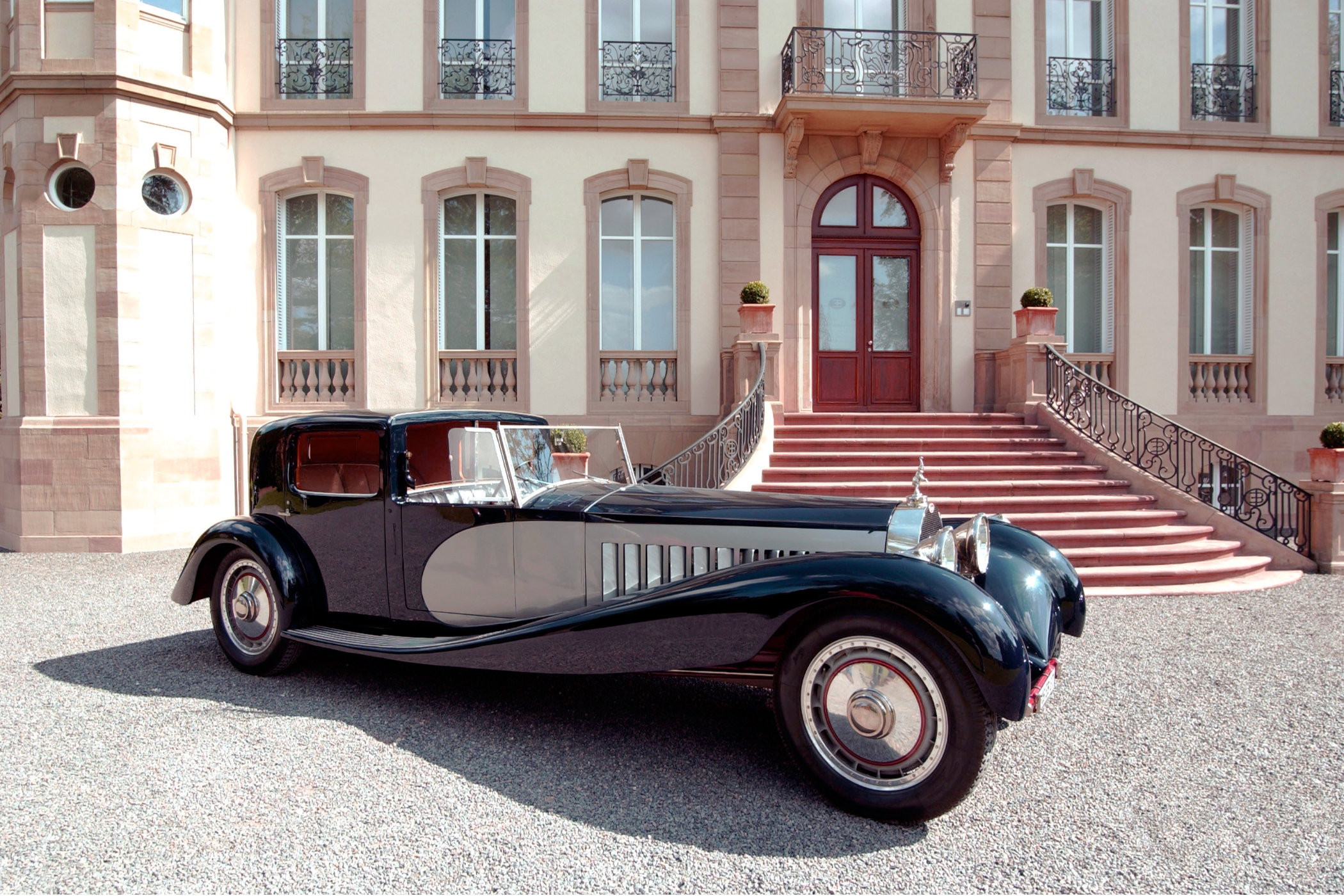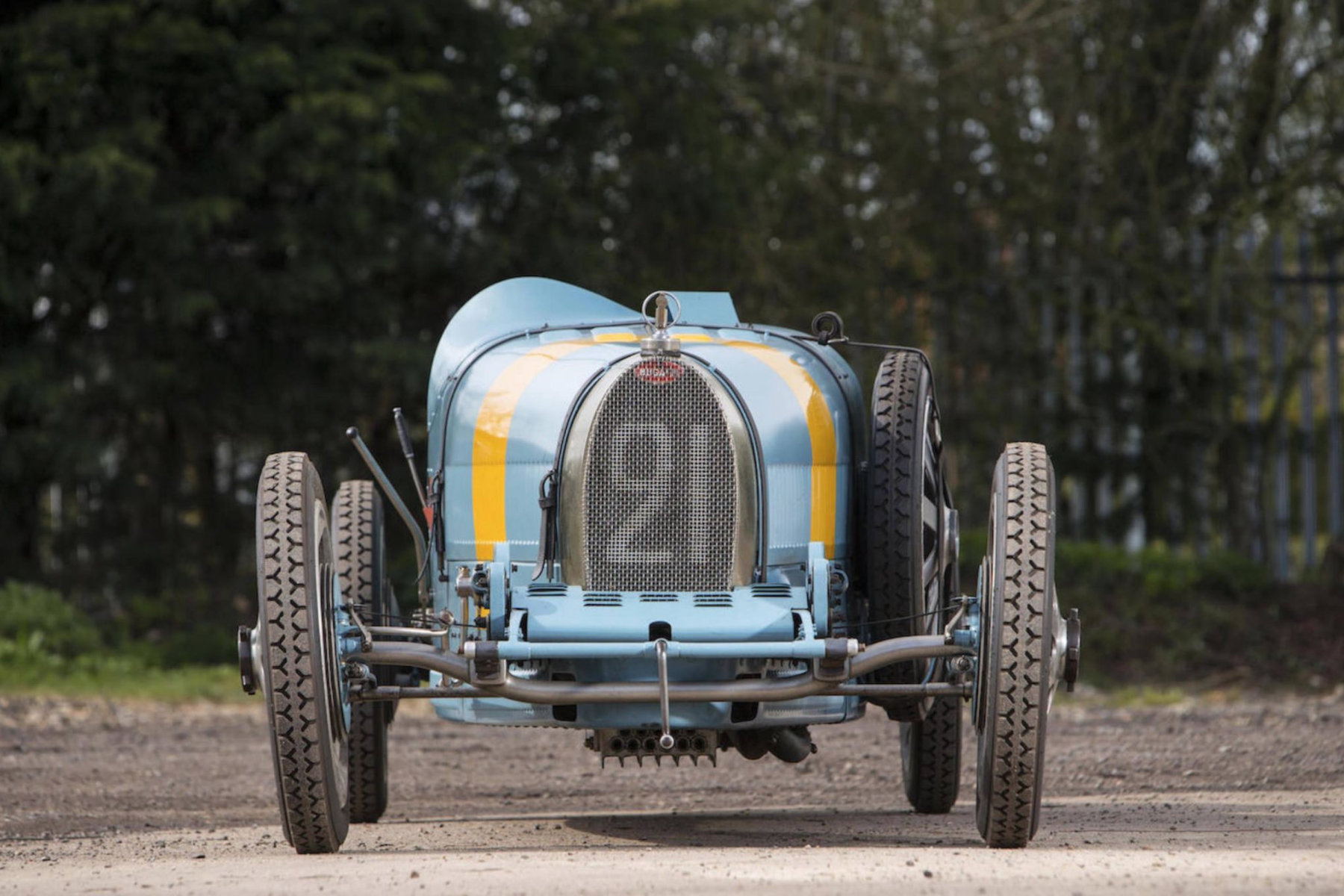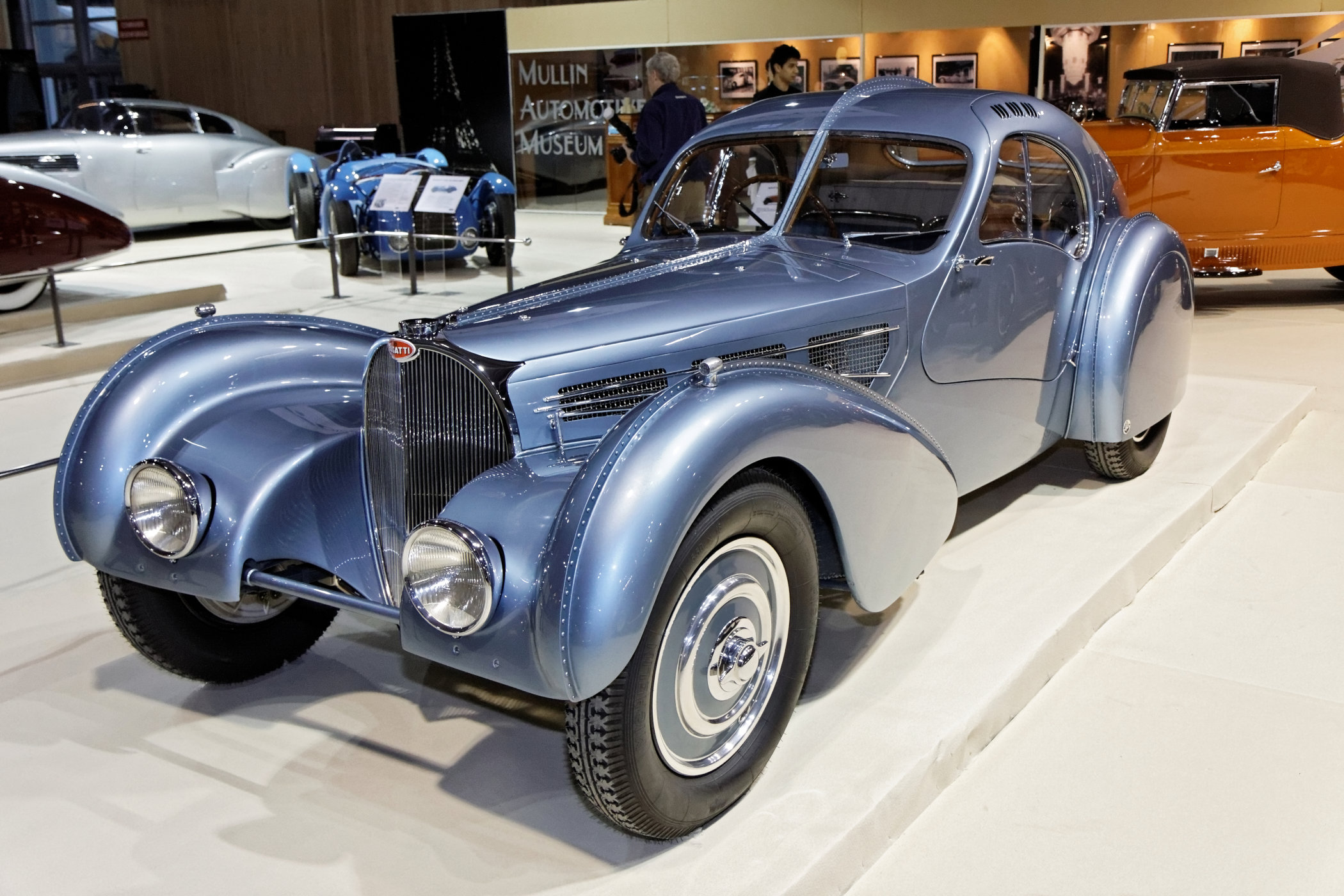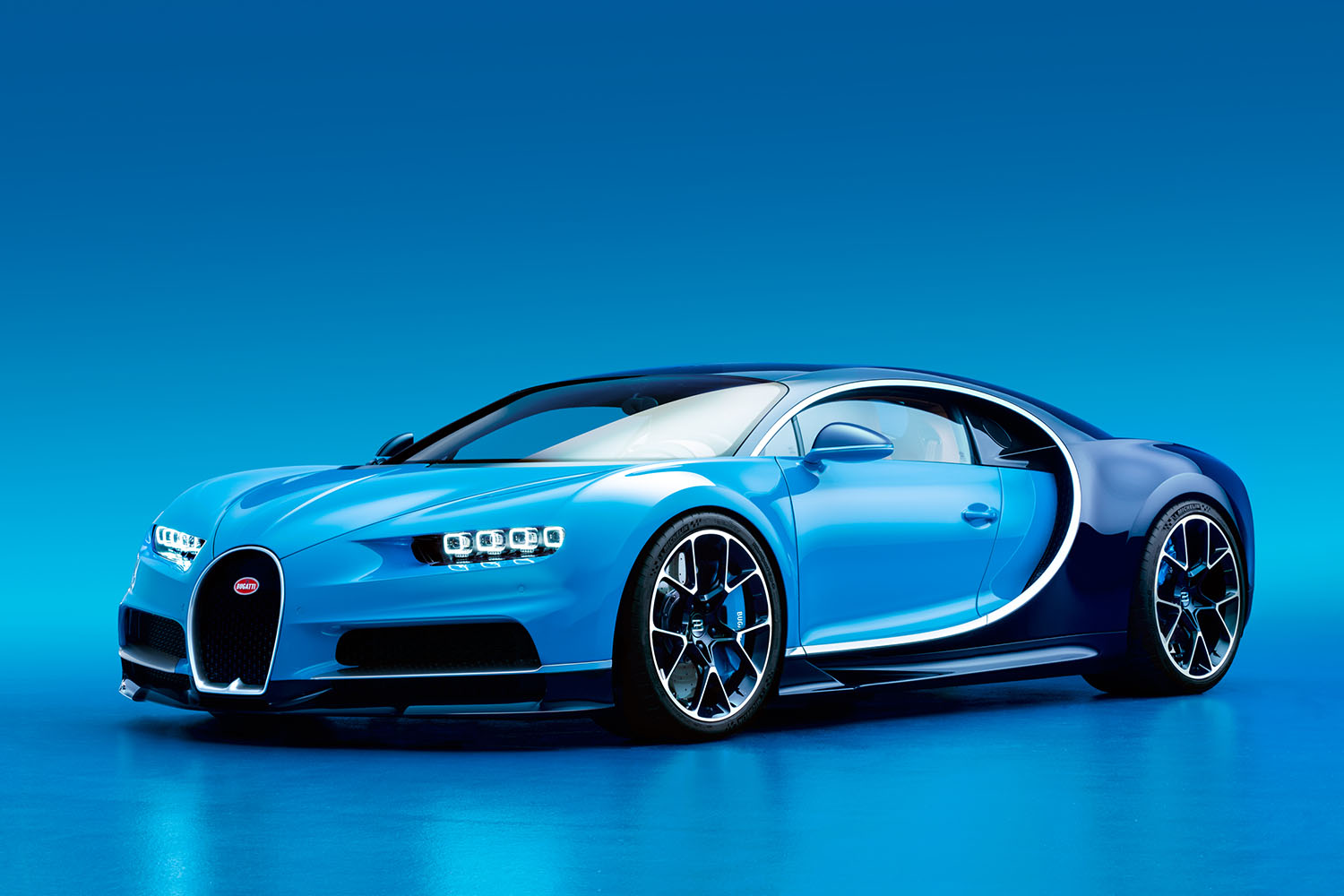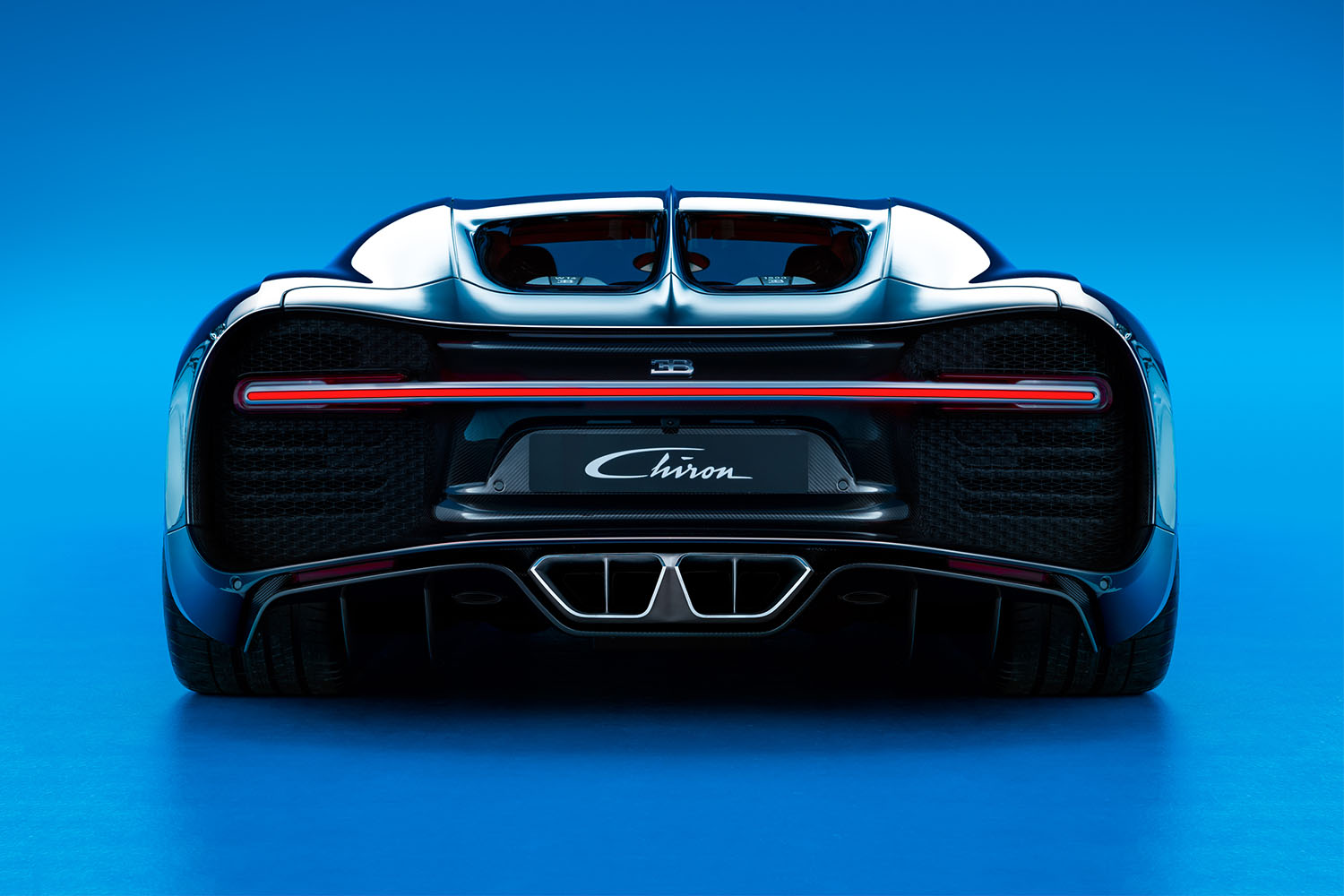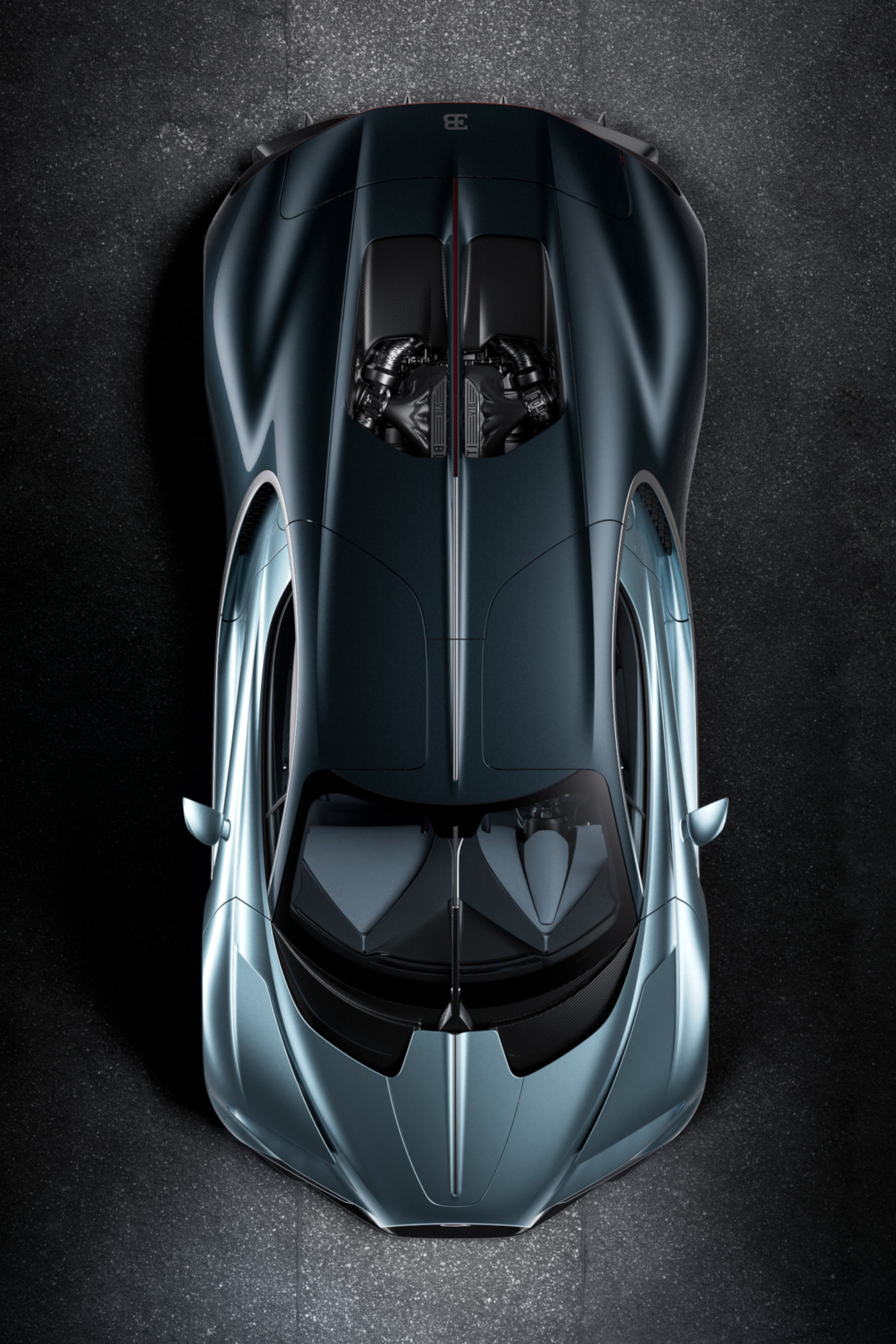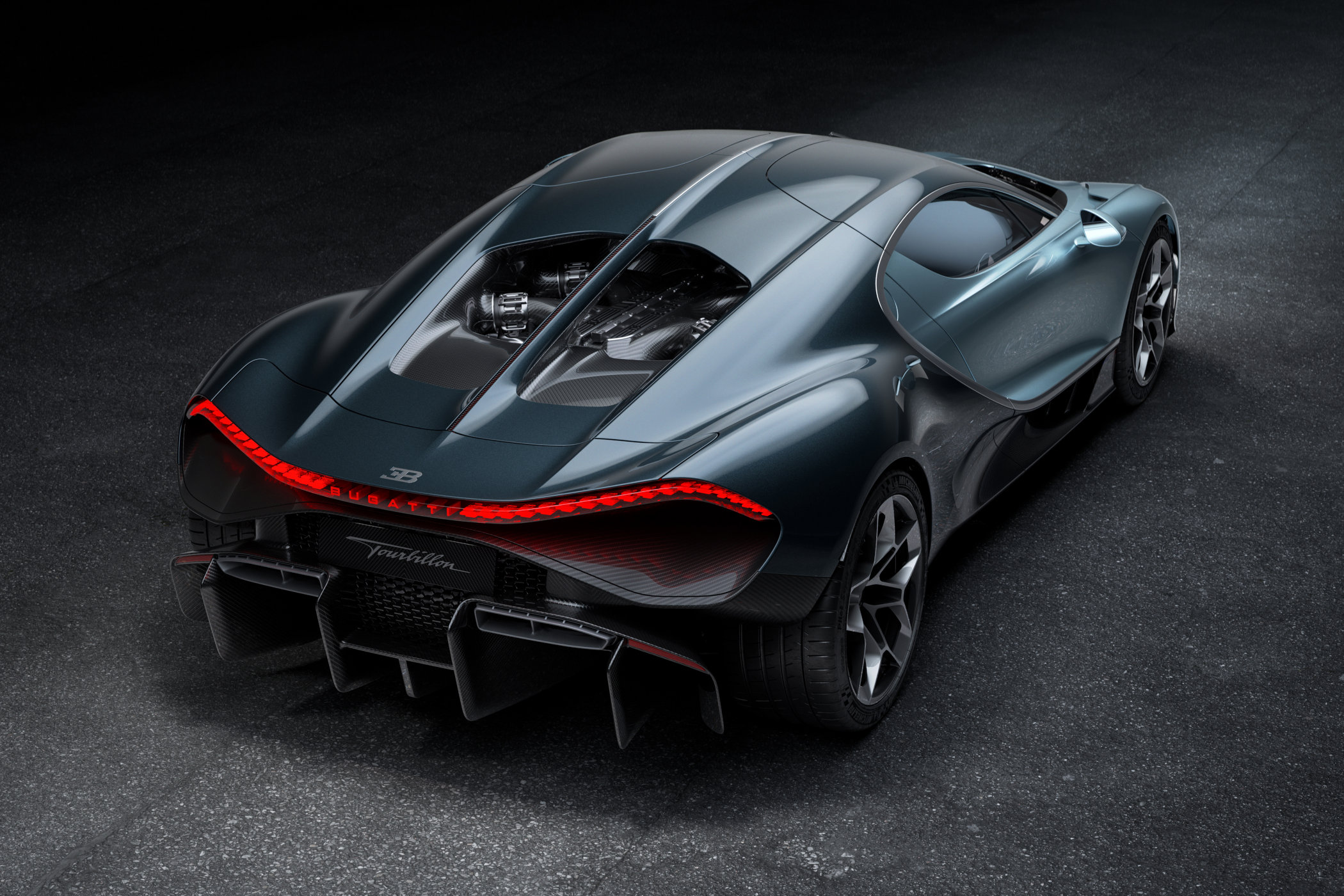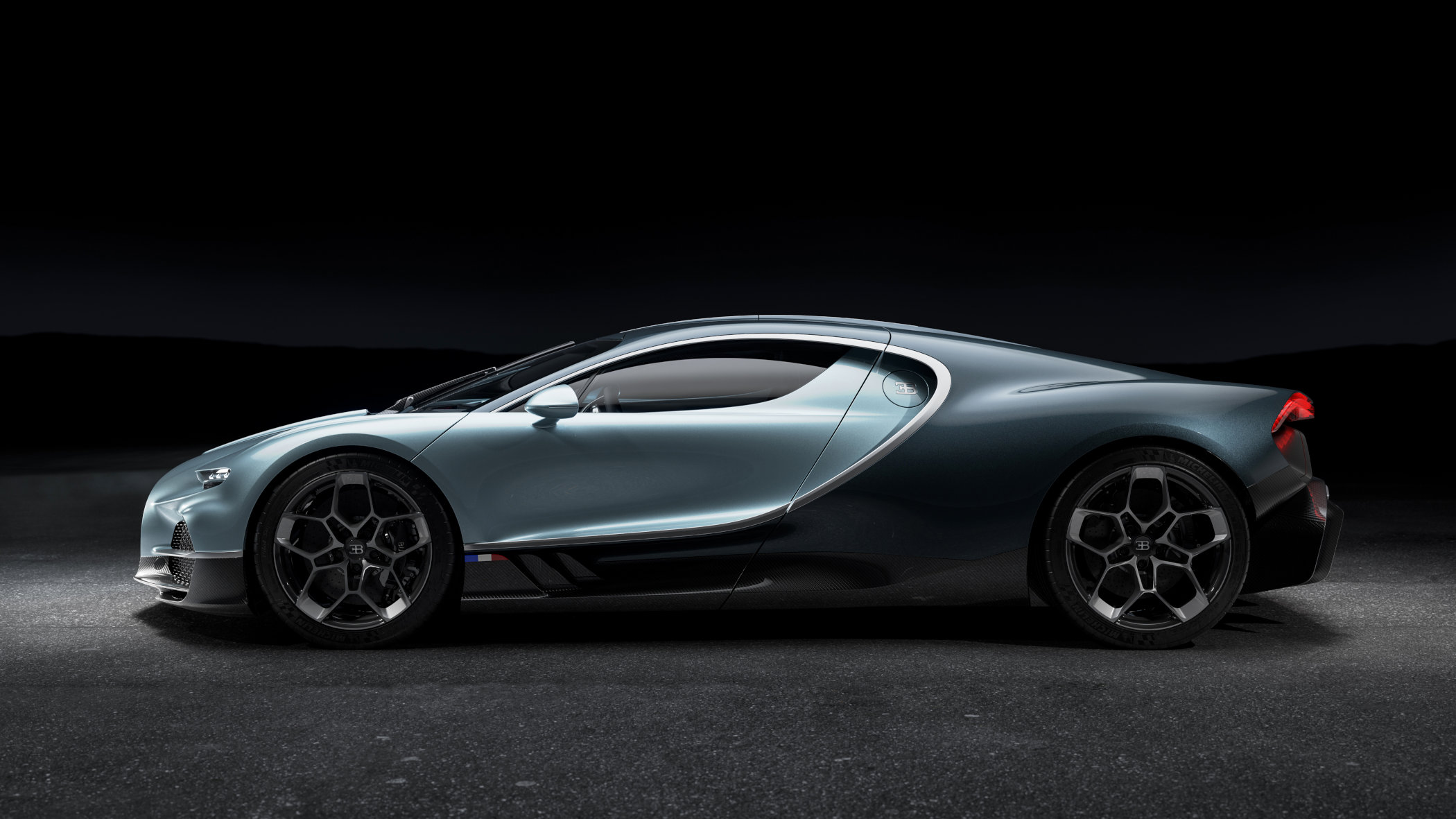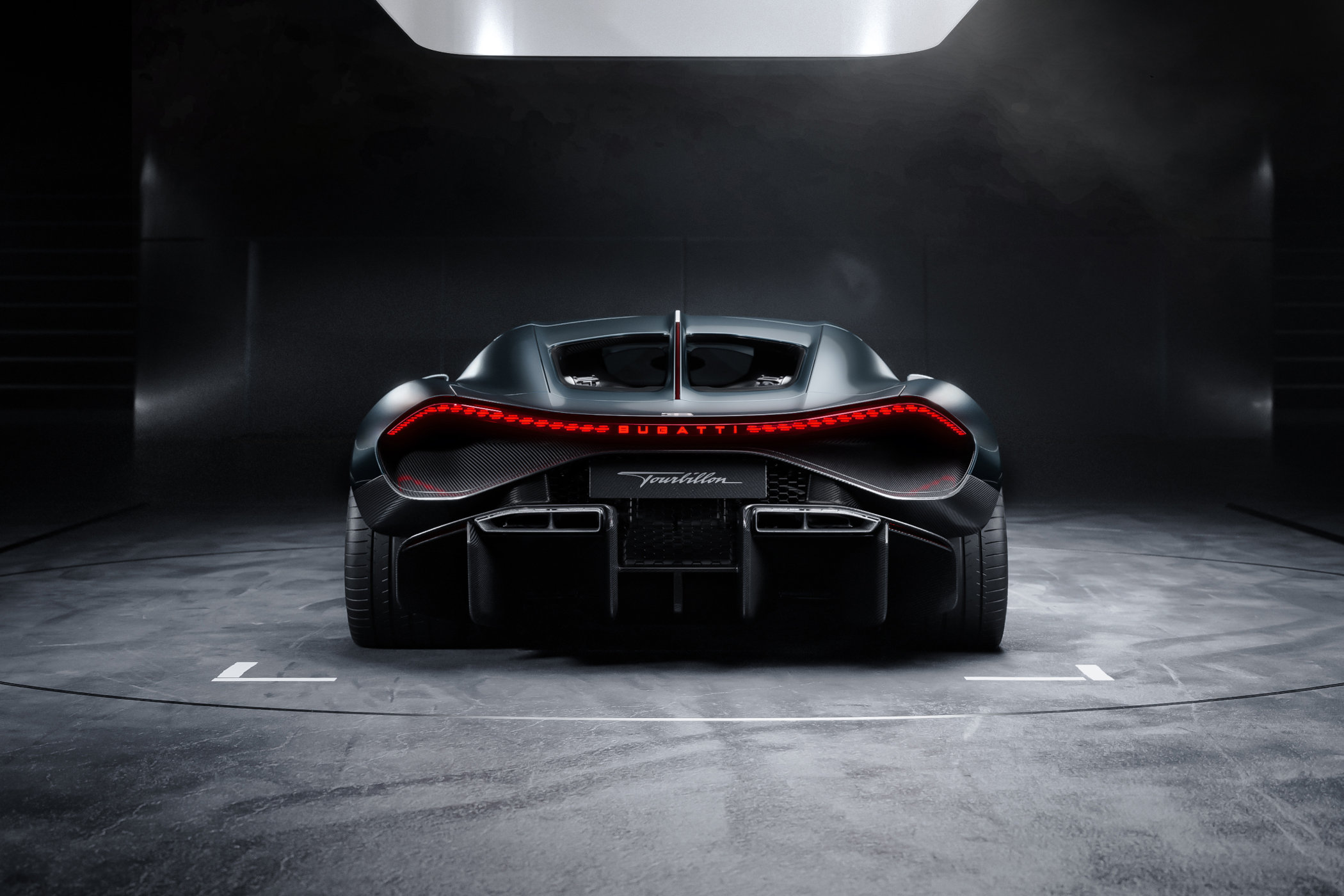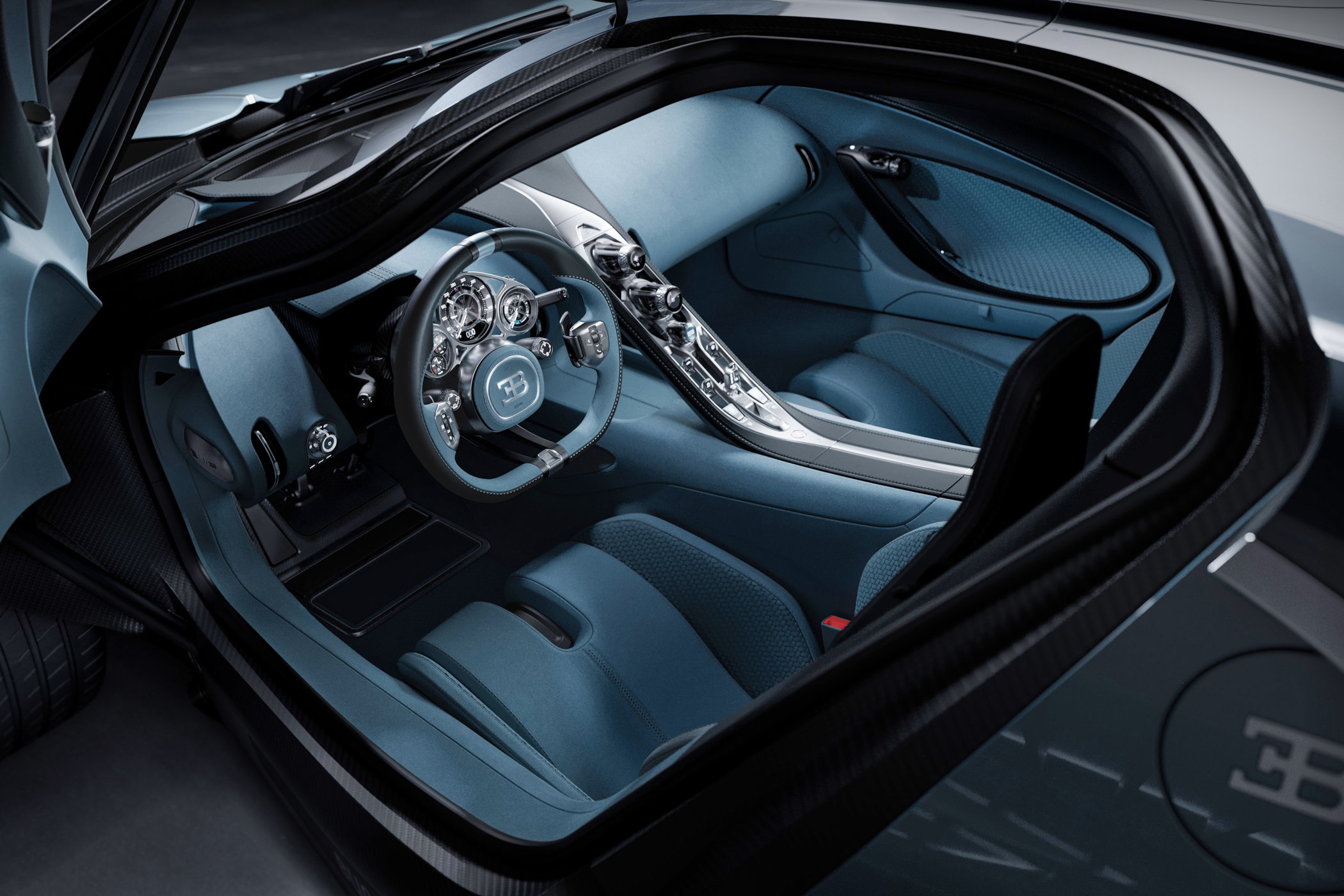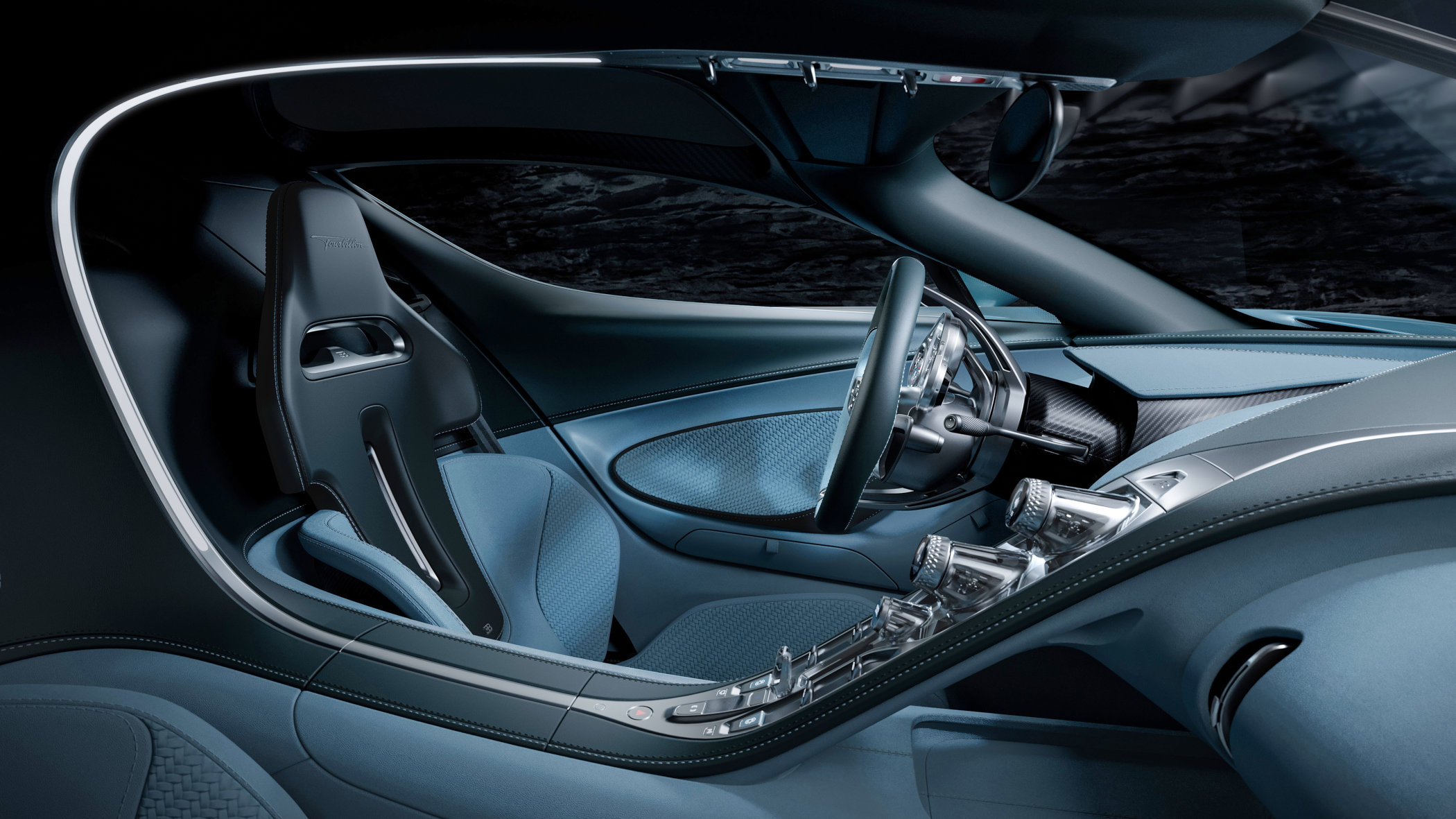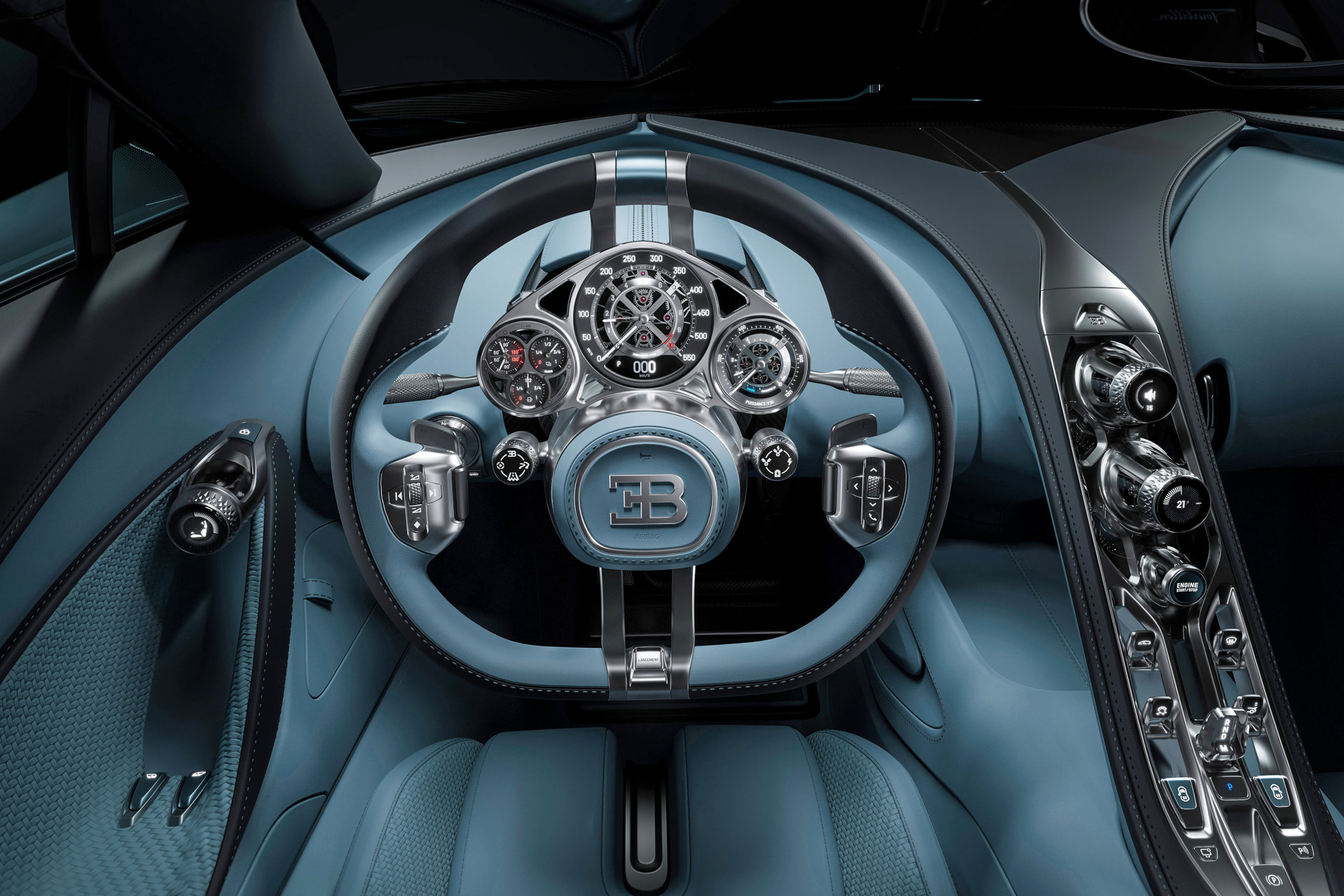Bugatti Comes Full Circle with the Tourbillon Hypercar with Genuine Watchmaking Inside!
There's been plenty of car-inspired watches, but the breathtaking new Tourbillon finds inspiration in watches.
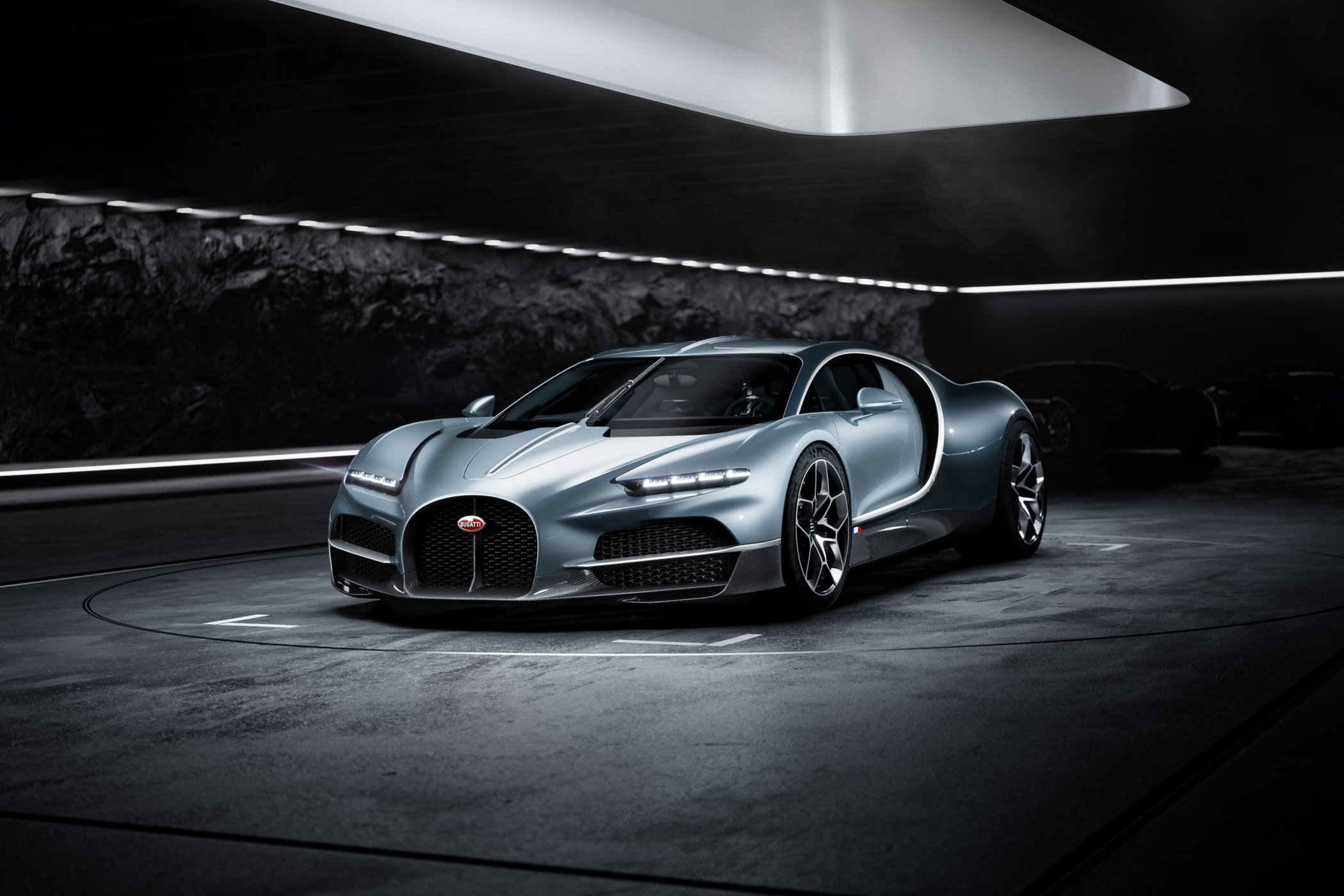
It’s hard to imagine that the record-setting and boundaries-pushing Bugatti Veyron has already been with us for close to two decades. After years of testing, teasing and fine-tuning this mindblowing hypercar, the EB 16.4 Veyron was officially unveiled in 2005, carrying a bonkers 8.0 litre quad-turbocharged W16 powerhouse of an engine in the back, producing 1,001 horsepower. This was replaced by the Chiron in 2016, which upped the ante even more. The Chiron once again set the benchmark in the field of hyper-exclusive and ridiculously fast cars, but as time progresses and production is nearing completion, it’s now time to start looking forward. And that way forward is the all-new Bugatti Tourbillon hypercar, the huge next step for Bugatti as a brand but also in automotive performance and engineering.
Bugatti is one of the greatest historical names in the industry and was originally founded by Italian-born Frenchman Ettore Bugatti in Mölsheim, France, in 1909. The brand quickly gained a reputation for building some of the most luxurious sports and touring cars of its day, but also some of the fastest and most successful racing cars of its day. Road cars such as the all-mighty Bugatti Type 41 “Royale”, and of course the stellar Type 57 SC Atlantic are all the brainchild of Ettore Bugatti and in part his oldest son, Jean Bugatti. On the track, the Bugatti Type 35 blitzed pretty much everything else and became the most successful car in racing history with an acclaimed 1,000+ race wins. In its prime, it took home 14 victories per week on average!
EB110, Veyron, Chiron
With such a legacy, it would be very easy to mess up the relaunch of Bugatti as a car manufacturer. It was attempted in the early 1990s, with the legendary EB110 as a direct result. This cutting-edge (for the time) supercar invoked the spirit of Ettore’s original Bugatti with a quad-turbo 3.5 litre V12 producing 560 horsepower. It was capable of hitting a top speed of 338kph and accelerating from a standstill to 100kph in about 3.5 seconds. If the carbon fibre drive shafts didn’t pop in the process, that is… The more powerful EB110 SS (for Super Sport) trumped the ‘standard’ EB110 in performance and rarity. In about four years, a total of 139 were produced, of which around 30 were in SS spec.

Nothing much happened for quite a while until Volkswagen bought the name, design and rights to the Bugatti name in expanding the Volkswagen-Audi-Gruppe (or VAG) with yet another luxury and/or sports-oriented brand. It also bought Bentley and Lamborghini, and Bugatti would become the icing on the cake. Plans were forged for something never seen before a car that would produce more than 1,000 horsepower and be capable of speeds in excess of 400kph. The process was long and tedious, but ultimately, the Volkswagen and Bugatti team pulled it off, revealing the Bugatti Veyron to the public in 2005. This rewrote the rulebook thanks to an 8.0 litre W16 engine with four turbos and 1,001 horsepower. The top speed was clocked at 407,3kph, although later versions, such as the Veyron SS, would push that to 1,200bhp and 431,07kph. Across all variants, a total of 450 Bugatti Veyrons were built.

All things must come to an end, though, and so was the life of the Veyron. In production for about a decade, the Veyron was replaced by the sleeker, faster, pricier Chiron. The engine of the Veyron was reengineered to produce even more power, 1,500bhp to be exact. With it, the top speed of the Chiron was an incredible yet limited 420kph. However, a pre-production Chiron Super Sport 300+ was prepared to break the 300mph. The power was increased to 1,600bhp, the bodywork was made even more aerodynamic, and a pre-production actually set a new record in a single direction (so not an official record) of 490kph or 304,47mph. The actual production version was electronically limited.
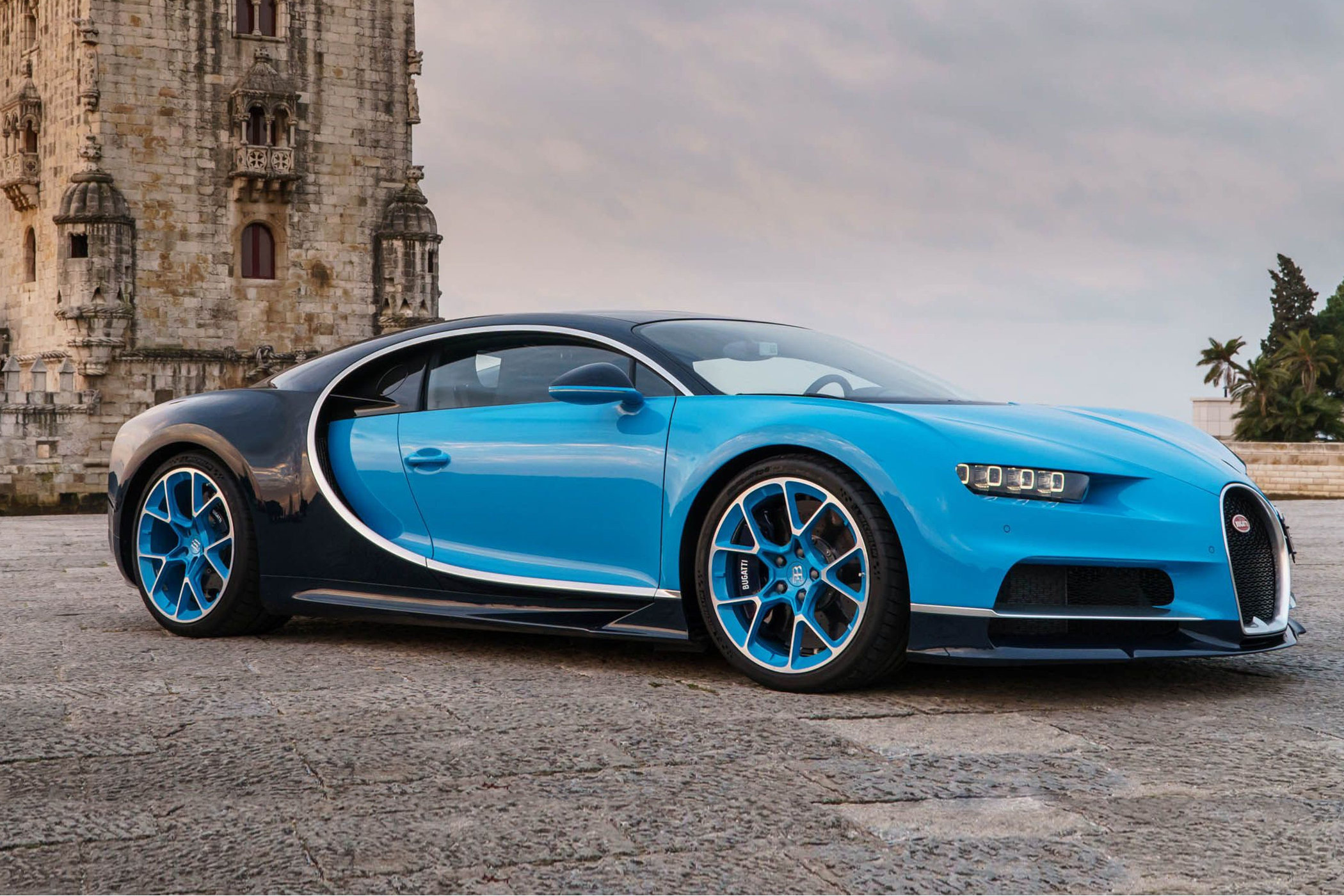
All that is fine and dandy, but power is nothing without control, or comfort, for that matter. And that’s where the Veyron and Chiron have always excelled. Yes, the cars are stupid fast, but they do it without seemingly breaking a sweat or allowing you to break a sweat. The cabin is a suave leather-lined space for two with all the creature comfort you can imagine. The same goes for the Tourbillon, the all-new hypercar coming out of Mölsheim (soon).
A V16 Whirlwind
Now, on to the showstopper, the new bedroom poster car to trump all bedroom poster cars: the Bugatti Tourbillon. And to get this out the way first, yes, the car is partially inspired by watchmaking, as Mate Rimac (the 36-year-old CEO for Bugatti) explained in this Top Gear video below. The name Tourbillon is, of course, very familiar in the industry, referring to a beloved complication amongst collectors and enthusiasts, but not all might know that the French word tourbillon is translated as whirlwind. Seems like a perfectly fitting name for a car that sounds capable of changing Earth’s rotation whenever you smash the throttle to the floor! But it’s not just the name as there is genuine watchmaking technology to be found on the inside.
Not a single component is carried over from previous cars, such as the Veyron or Chiron, as the Tourbillon was designed from scratch. Obviously, it’s influenced by past Bugattis, as evidenced by the horseshoe-shaped grill, the signature two-tone paint, the C-shaped intake on the side, the centre spine running the length of the car, and so on. But, and this is important, it hails from the next generation of hypercar engineering. From organically shaped 3D-printed suspension arms to the longest diffuser tunnels on any production car, it’s a smorgasbord of “never done before” technology. The same can be said for its engine, which is quite an unexpected one. The Tourbillon drops the concept of the quad-turbo W16 in favour of a 986bhp normally aspirated 8.3 litre V16 engine, and a trio of electric motors and a battery pack adding a further 789bhp.
So what does that mean? Well, a lot actually. In terms of performance, you’re looking at 1,800bhp from the combined ICE and EV drivetrains, a zero-to-100kph in 2.0 seconds flat (according to simulations and tests) and a top speed of 445kph if you unlock its full potential with the Speed Key. Without it, the Tourbillon tops out at 380kph. Still enough to get you from Amsterdam to Paris in an hour and a half, including a refuelling stop or two, or three, maybe four. And it’s not just about top speeds, as it’s said the way it hits 100kph, 200kph or even 300kph (in under 9 seconds!) is an extremely visceral sensation! According to Mate Rimac even, the Tourbillon is not just about top speeds but rather taking everything to the next level.
No, the Tourbillon is more aimed at blistering performance with pure, unfiltered adrenalin-inducing excitement. Where the Veyron was sometimes mentioned to lack sensation beyond its brutal speed, the Tourbillon is a completely different beast. It starts with the bellowing screams of its engine, which was teased by Bugatti just days before its release. Other elements are a purely driver-focused and analogue experience on board. Yes, there is Bluetooth connectivity if you want or need it, but if you don’t there’s not a digital screen in sight, as the pop-up screen can be hidden in the dashboard. Driver focus is also the key to the steering wheel, by the way! Through a special differential gearing system, the wheel rim rotates left and right as it should, but the central mount remains upright at all times, including the instrument cluster! It’s a true marvel of engineering and one that’s replicated (including the V16 engine!) by the stunning Jacob & Co Bugatti Tourbillon watch.
But how about that watchmaking bit, then? It turns out Mate Rimac was looking for something special for the Tourbillon and turned to watches. Inspired by the marvels of mechanical watches (duh!), he reached out to Concepto, the movement specialist, to engineer a mechanical instrument mechanism. Look closely at the gauges over the steering wheel and you can see actual gears and pinions, rubies even, all finished with bevelled edges and so on. It looks wickedly cool, and I love Mate’s idea of pursuing this with actual watchmaking technology. The central gauge is for the speed and revs of the engine, with the right one indicating just how much power you are drawing from the V16 and the electric motors. On the opposite ends, temperature, pressure and fuel capacity indications complete the set of information.
And it must be said, checking out all the images and videos on the Bugatti Tourbillon, it looks absolutely amazing front to back. The extensive use of carbon, including the crash structures, the mighty engine and battery pack, the styling, the interior… This might be the absolute best-looking Bugatti ever made! And where people expected Mate to take the company full-EV, it’s actually extremely recommendable he’s gone a completely different route for the Tourbillon. To me, it’s a celebration of the combustion engine in an era where it’s under tremendous pressure to survive at all. It embraces EV tech for all the right reasons while not cutting any corners whatsoever in invoking pure emotions. And for that, Mate, I salute you!
On a final note, don’t worry about the starting price of EUR 3.8 million and whether it’s doable for you. All 250 cars in the initially announced production run have, you guessed right, been sold!
For more information, please visit Bugatti.com.
Editorial Note: The images used for this article, as well as the information used in writing it, are provided by and used with permission of Bugatti Automobiles S.A.S. unless stated otherwise.


